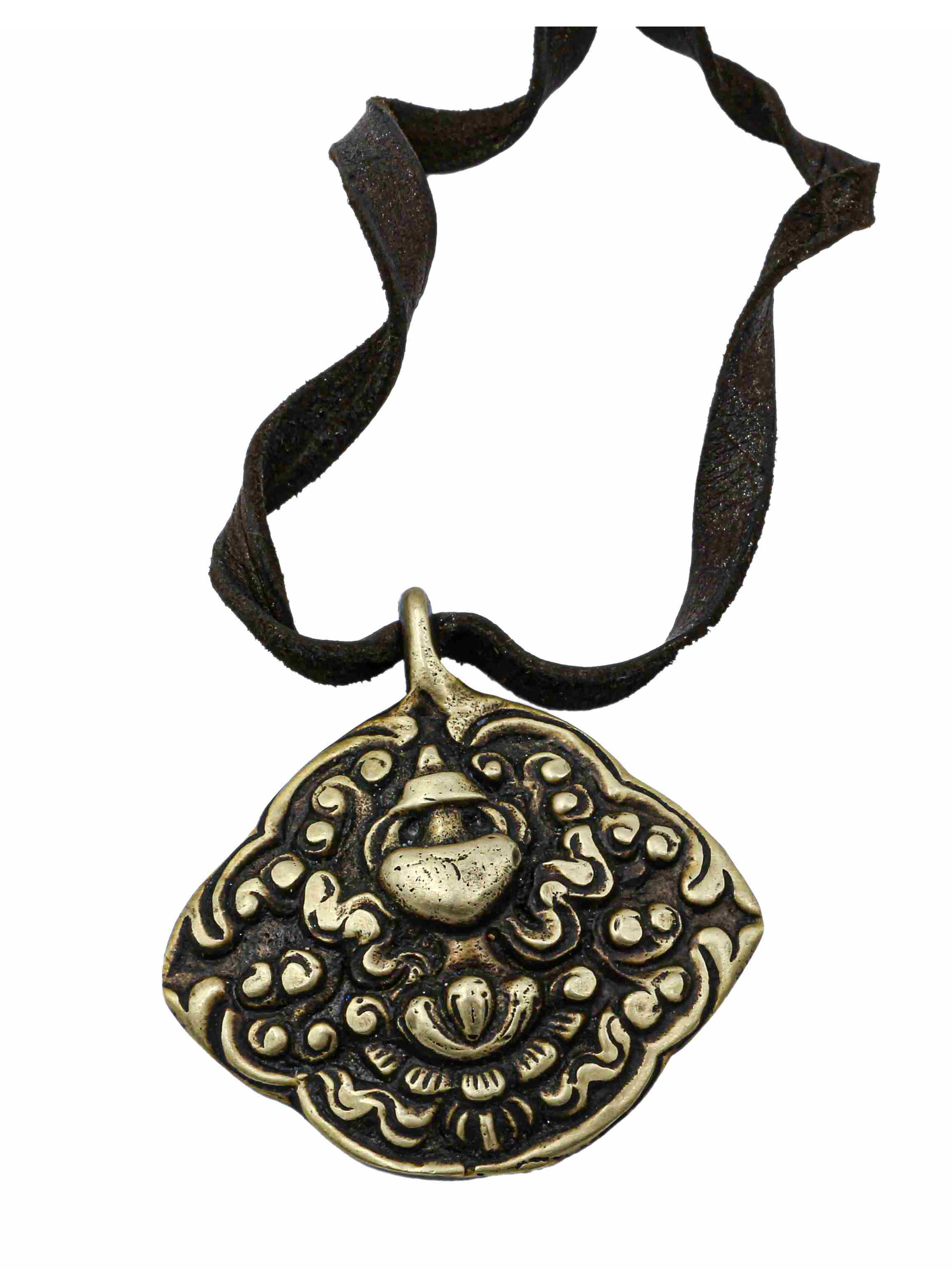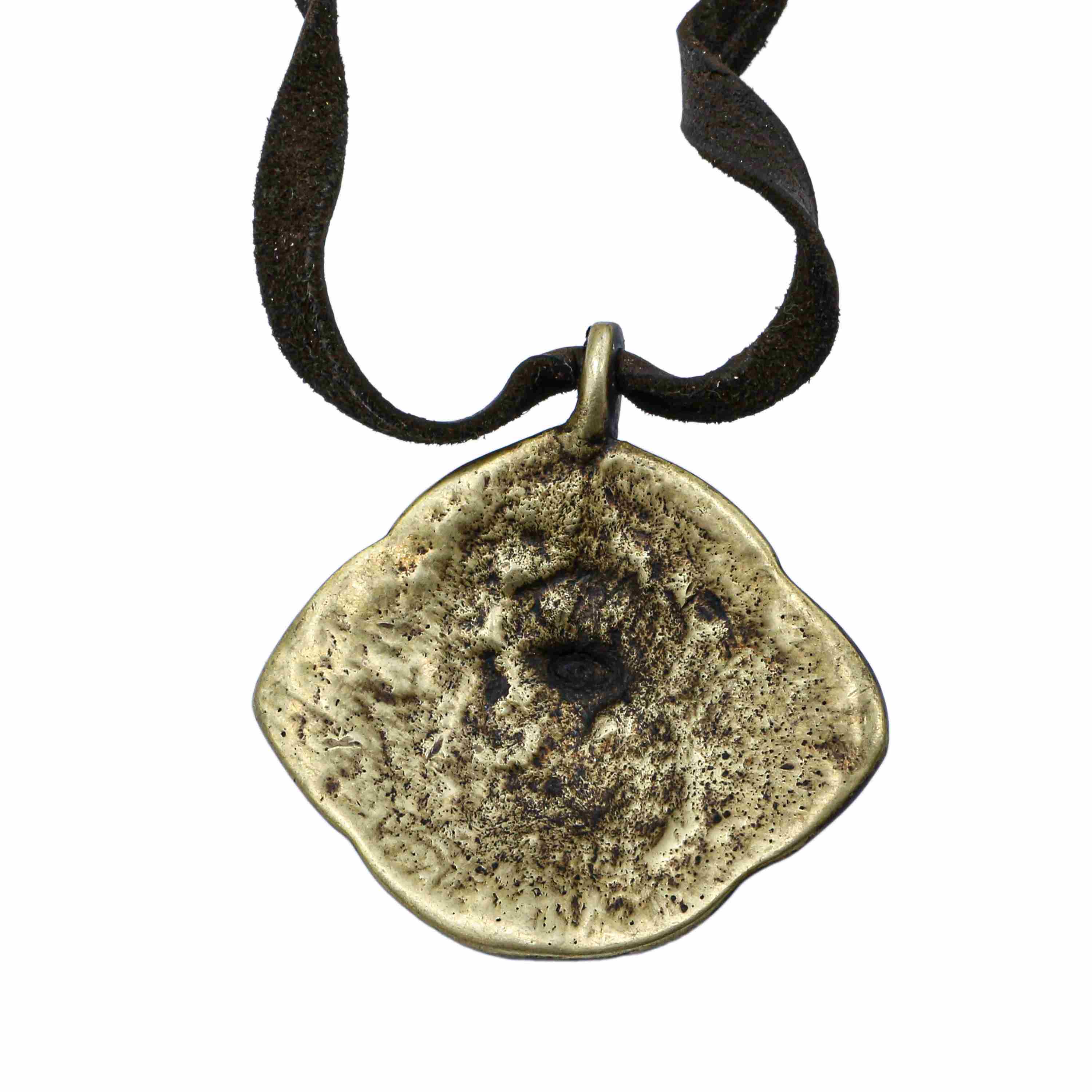Code
HCS26945
Weight
68 gm / 0.15 lbs
Size
Height
6cm (2") Width
8cm (3") Material
Brass
Availability
Available

Safe Payment
We accept Paypal, Money Transfer, Bank Transfer
Confidence
Protection covers your purchase and personal data.
Worldwide Delivery
We ship Worldwide, except Russia.Shipping cost US$25.2 for upto 0.5 kgs

Hotline
Talk to help line for your question on 9841267335Shakyamuni Buddha : Brief Introduction
The ancient Sanskrit term 'Buddha' translates to 'awakened' or 'supreme awareness', closely linked with 'Bodhi' denoting enlightenment. Gautama Shakyamuni, born around 563 BCE in Lumbini (now Nepal), epitomizes compassionate understanding and enlightened consciousness. His teachings centered on understanding desire's role in perpetuating suffering, a theme resonating across Hinduism, Jainism, and related faiths. He emphasized how greed, selfishness, and possessiveness obscure higher awareness, perpetuating suffering among the sick, hungry, elderly, and impoverished. Gautama's serene image stands in contrast to Western ideals of materialism and outward pride, advocating for inner enlightenment as the path to alleviating worldly suffering. Read More . . .
The ancient Sanskrit term 'Buddha' translates to 'awakened' or 'supreme awareness', closely linked with 'Bodhi' denoting enlightenment. Gautama Shakyamuni, born around 563 BCE in Lumbini (now Nepal), epitomizes compassionate understanding and enlightened consciousness. His teachings centered on understanding desire's role in perpetuating suffering, a theme resonating across Hinduism, Jainism, and related faiths. He emphasized how greed, selfishness, and possessiveness obscure higher awareness, perpetuating suffering among the sick, hungry, elderly, and impoverished. Gautama's serene image stands in contrast to Western ideals of materialism and outward pride, advocating for inner enlightenment as the path to alleviating worldly suffering. Read More . . .
About Metal Pendant :
A Nepali metal pendant is a traditional piece of jewelry that is crafted in Nepal using traditional techniques and materials. The pendant is typically made of metal, such as brass or silver, and is intricately designed and embellished with cultural motifs and symbols.
The design of the pendant may be inspired by Nepali culture and symbolism, with patterns and motifs that represent different aspects of Nepali life, such as nature, religion, or social customs. These designs may be created using traditional techniques, such as etching, stamping, or engraving, and may be further embellished with beads, gems, or other decorative elements.
The design of the pendant may be inspired by Nepali culture and symbolism, with patterns and motifs that represent different aspects of Nepali life, such as nature, religion, or social customs. These designs may be created using traditional techniques, such as etching, stamping, or engraving, and may be further embellished with beads, gems, or other decorative elements.
The pendant may be worn on a chain or cord around the neck, and is often used as a statement piece or as a talisman to protect the wearer from negative energies or evil spirits. It is also commonly given as a gift to family members or friends, particularly on special occasions, such as weddings or religious ceremonies.
Overall, a Nepali metal pendant is a beautiful and unique piece of jewelry that represents the rich cultural heritage of Nepal and the skill and artistry of its craftsmen. It is a treasured possession that carries deep meaning and significance for those who wear it or receive it as a gift.
Overall, a Nepali metal pendant is a beautiful and unique piece of jewelry that represents the rich cultural heritage of Nepal and the skill and artistry of its craftsmen. It is a treasured possession that carries deep meaning and significance for those who wear it or receive it as a gift.


![Shakyamuni Buddha [metal Pendant]](https://handicraftseller.com/uploads/pics/product/thumb/2022/11/26945.jpg)
![Shakyamuni Buddha [metal Pendant]](https://handicraftseller.com/uploads/pics/product/thumb/2022/11/26945_0.jpg)
![Shakyamuni Buddha [metal Pendant]](https://handicraftseller.com/uploads/pics/product/thumb/2022/11/26945_1.jpg)
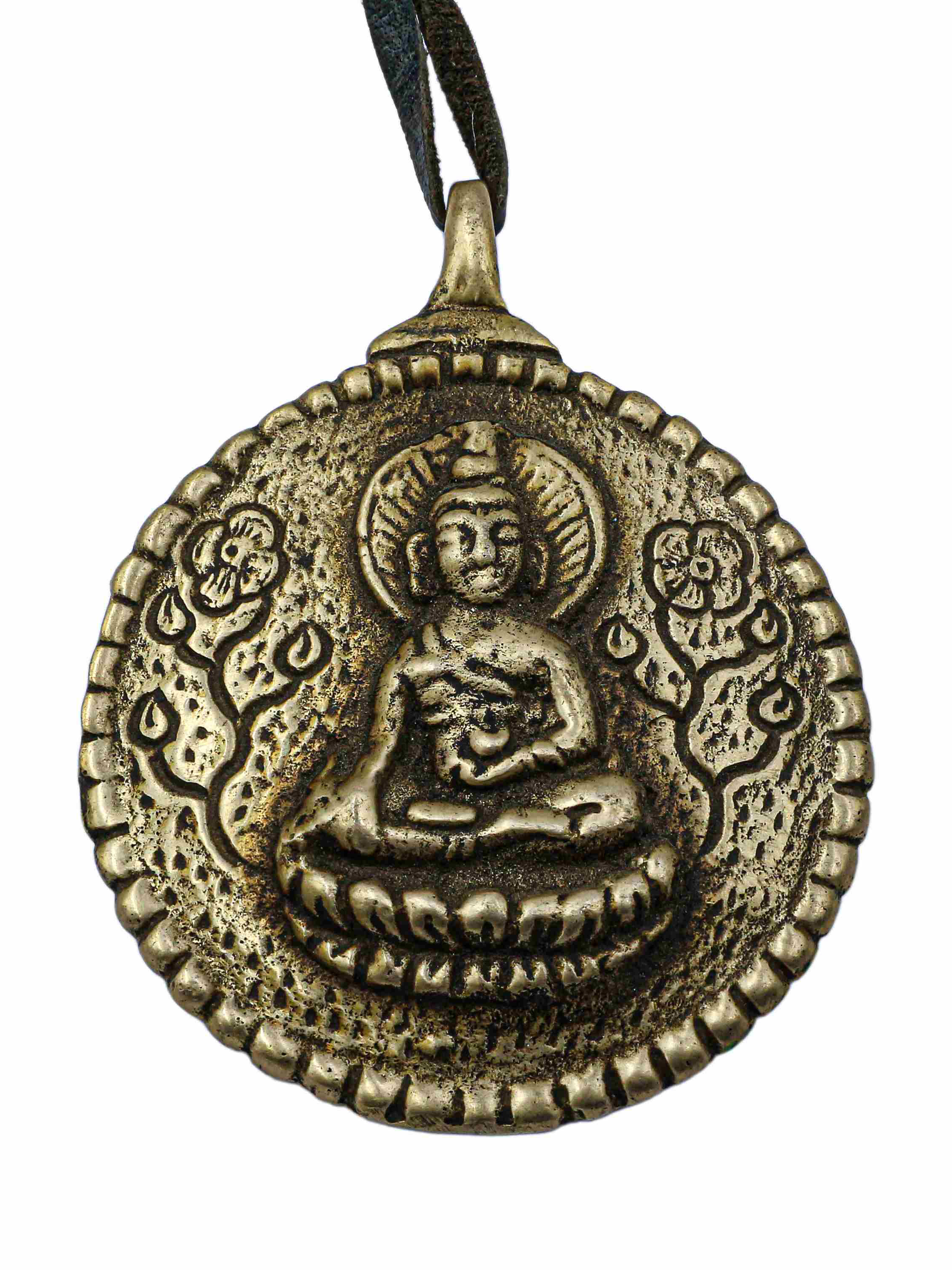
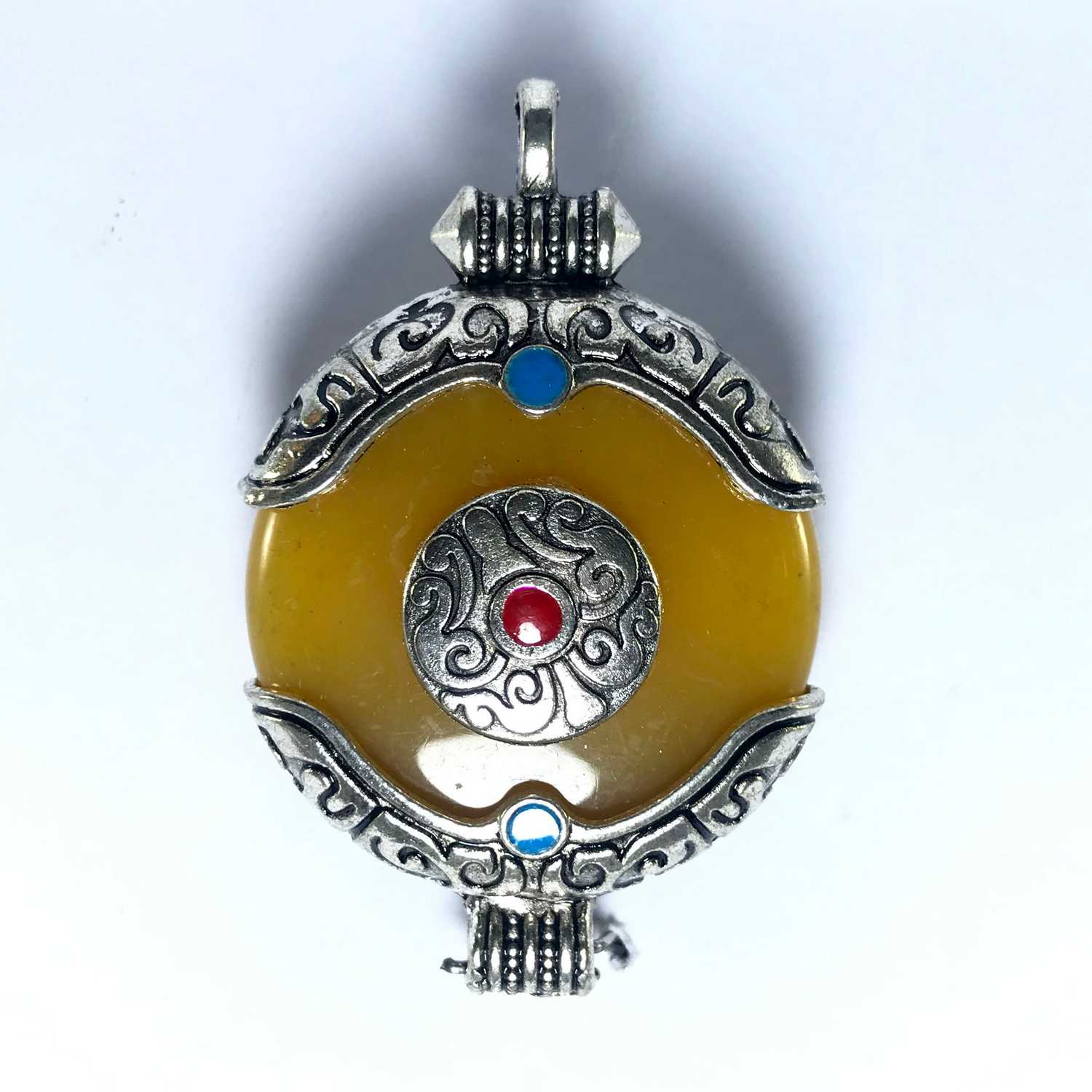 with
with 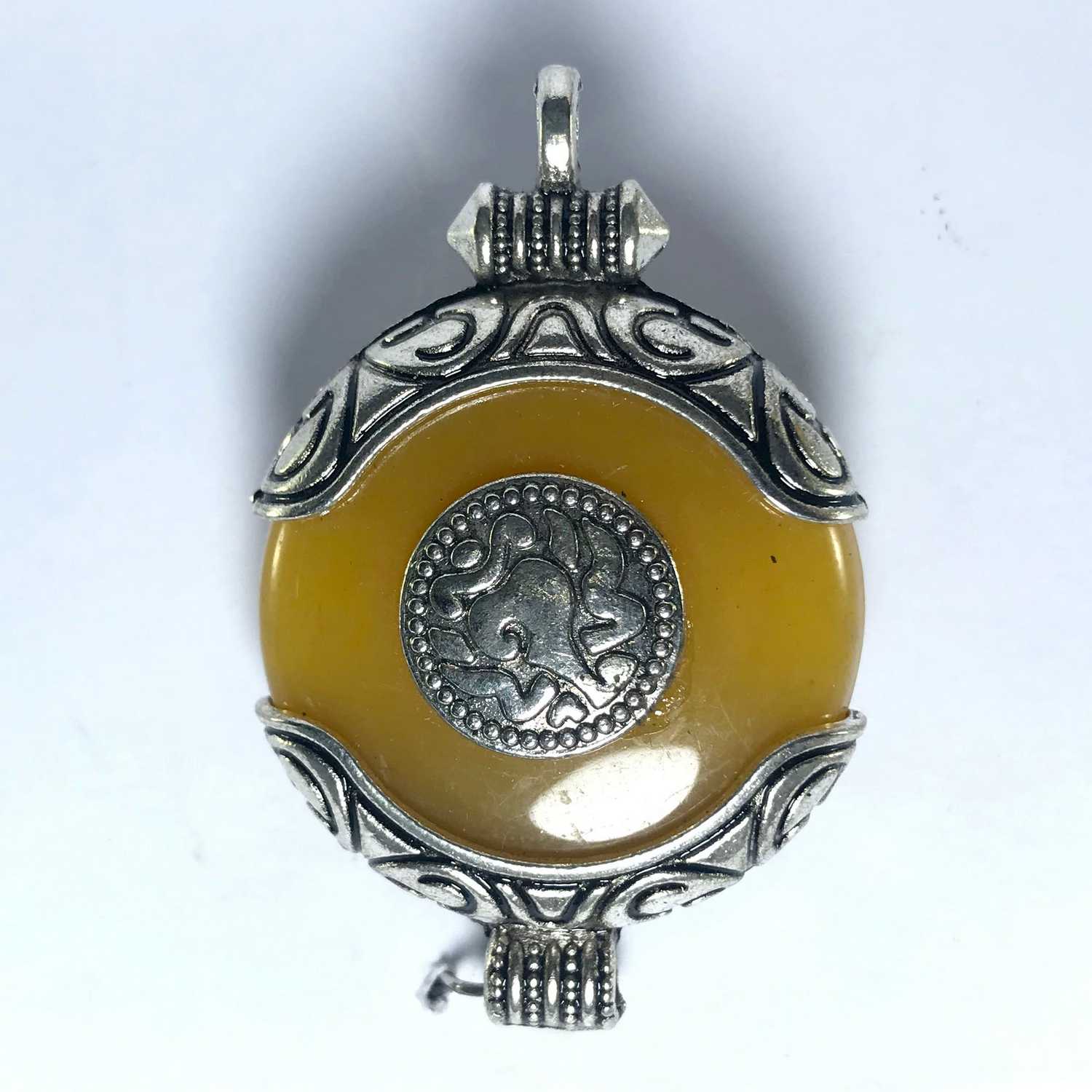 with
with 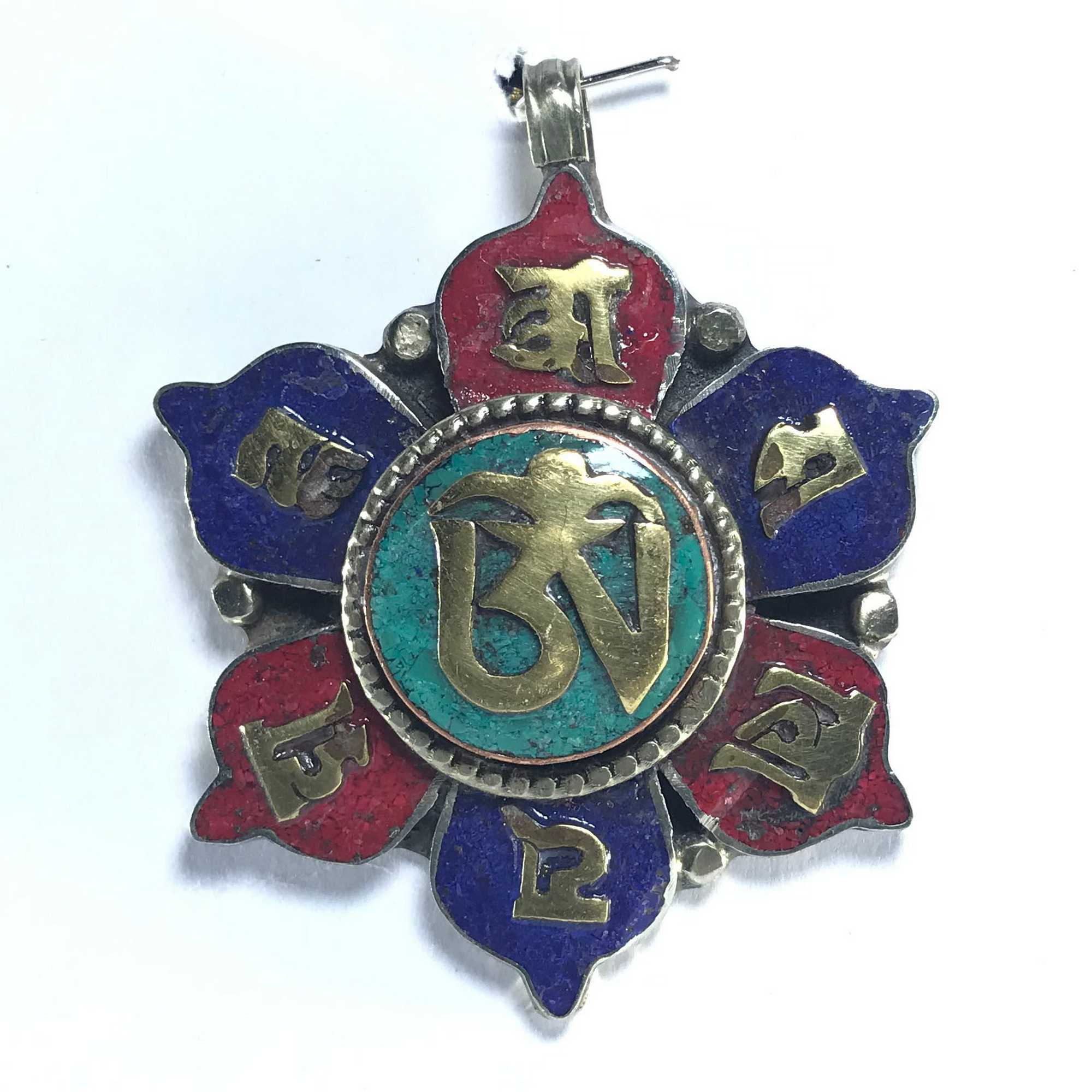 with Stone Setting" title="White Metal Om Mani Padme Hum Pendant
with Stone Setting" title="White Metal Om Mani Padme Hum Pendant 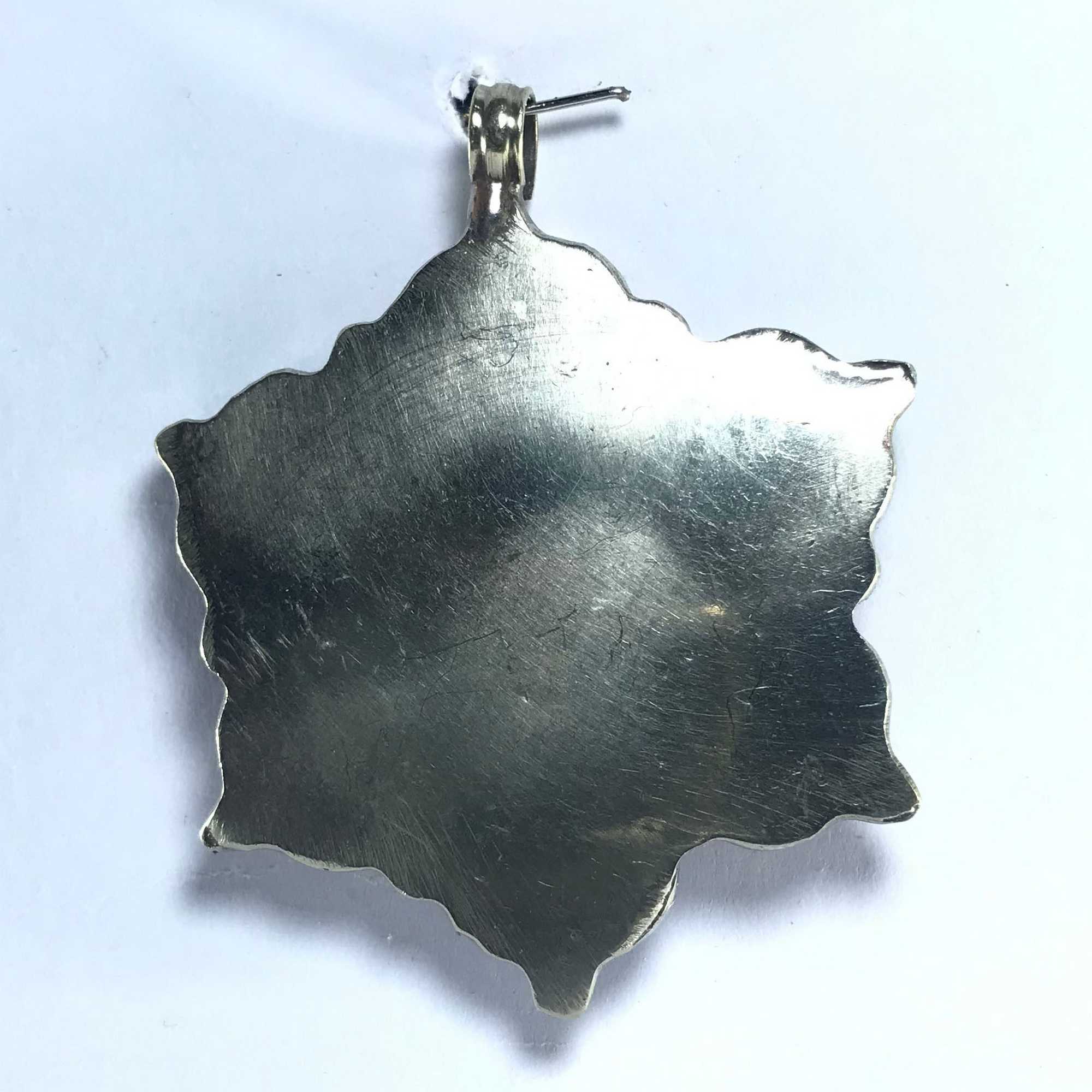 with Stone Setting" title="White Metal Om Mani Padme Hum Pendant
with Stone Setting" title="White Metal Om Mani Padme Hum Pendant 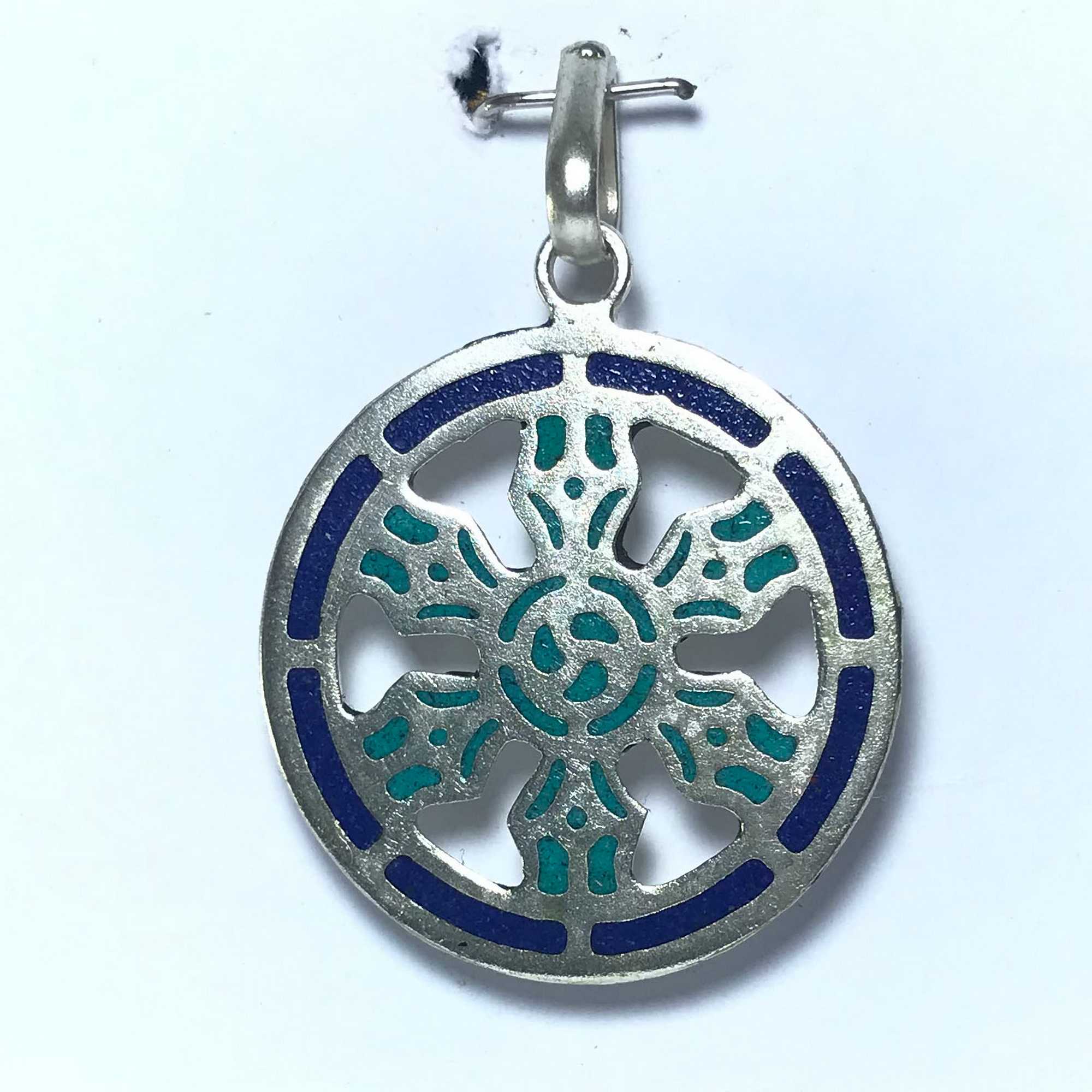
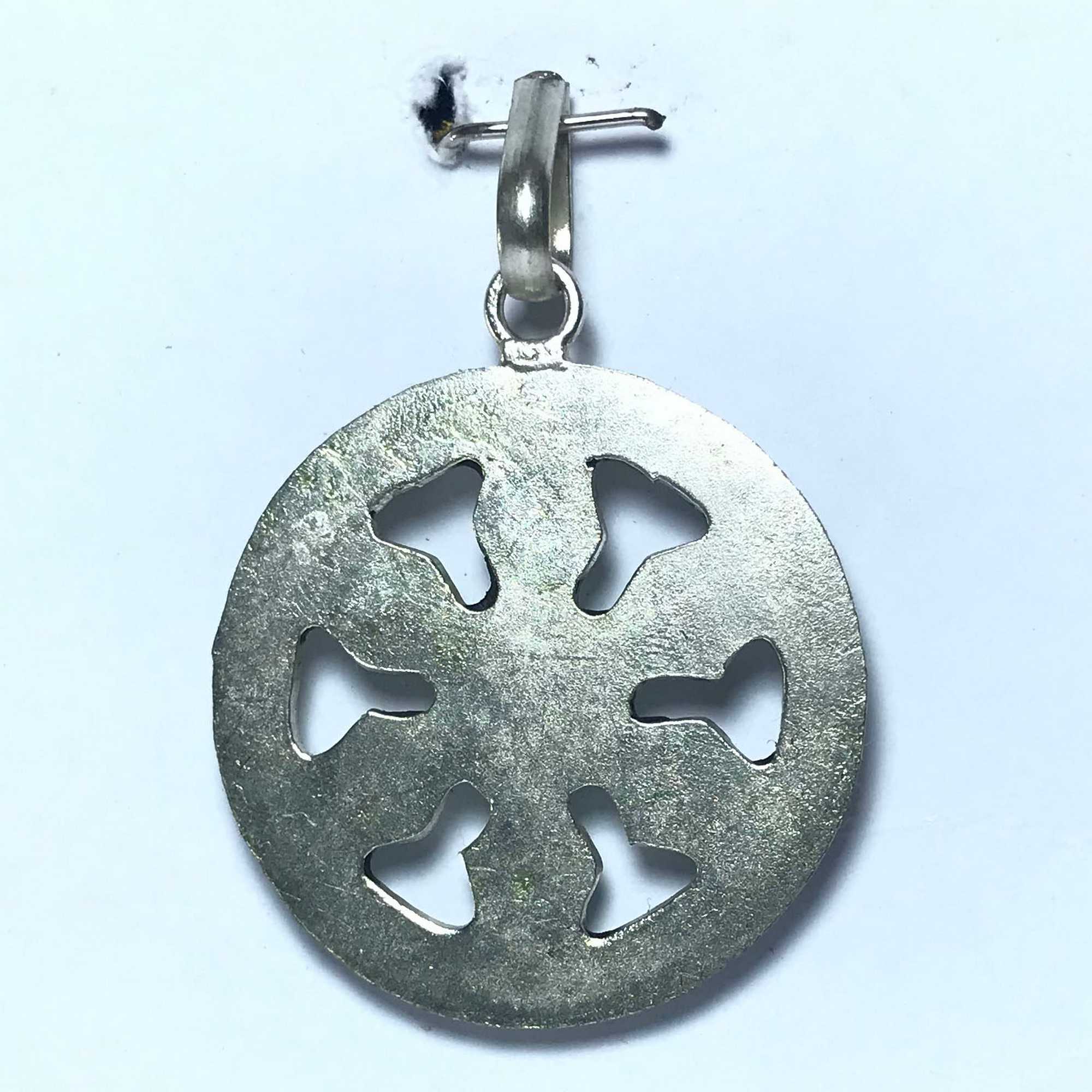
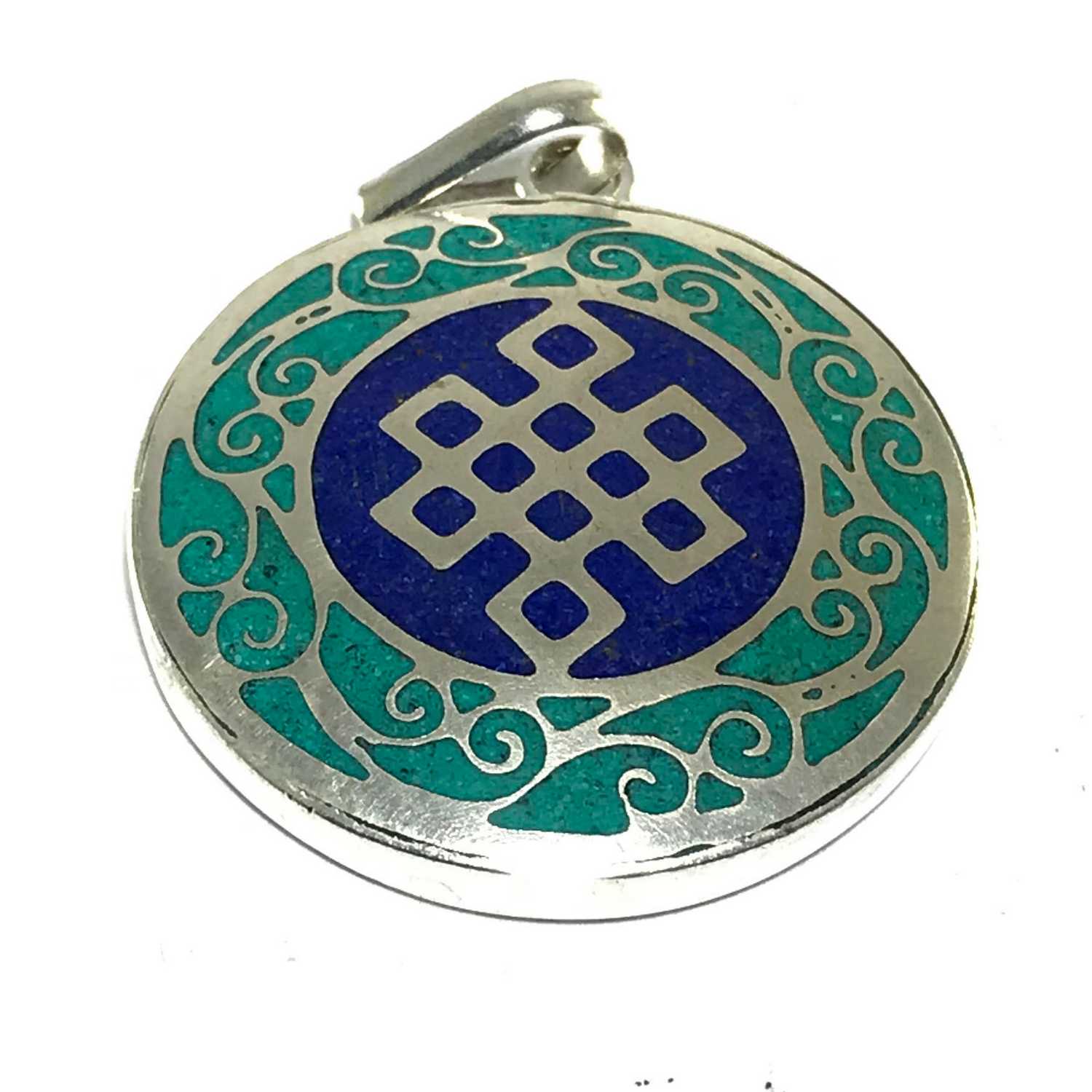 with Stone Setting" title="Tibetan Endless Knot Metal Pendant
with Stone Setting" title="Tibetan Endless Knot Metal Pendant 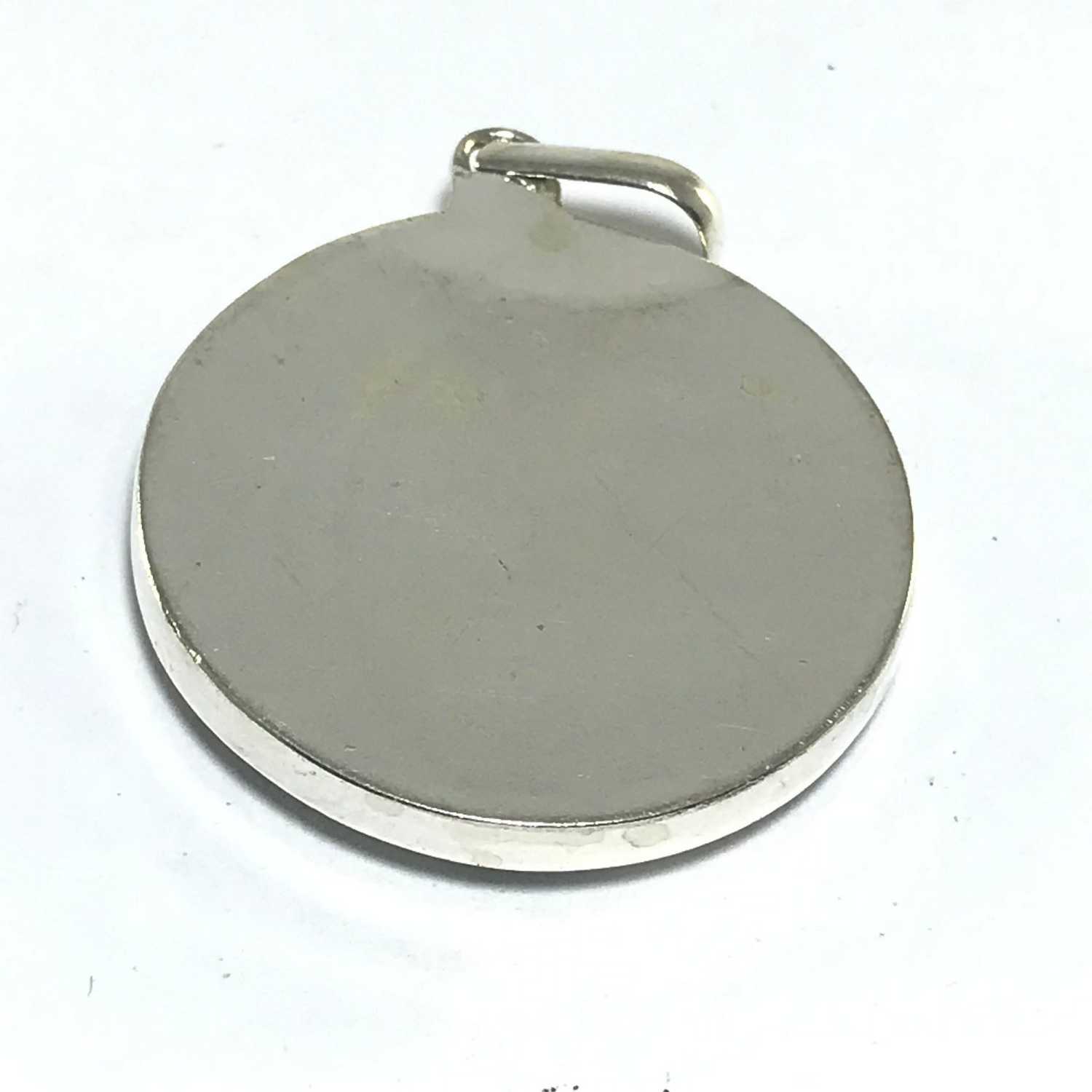 with Stone Setting" title="Tibetan Endless Knot Metal Pendant
with Stone Setting" title="Tibetan Endless Knot Metal Pendant 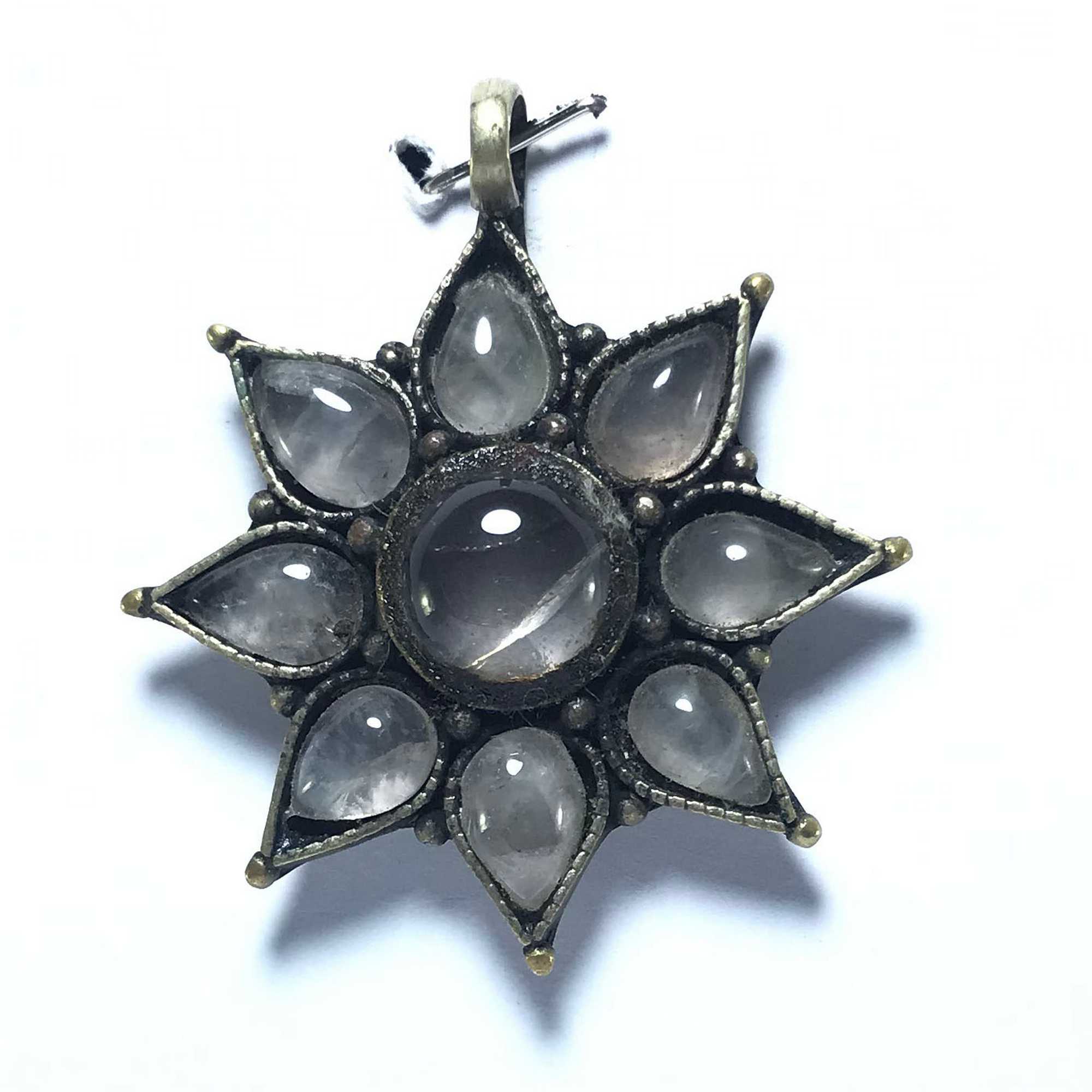 with Stone Setting" title="Metal Flower Pendant
with Stone Setting" title="Metal Flower Pendant 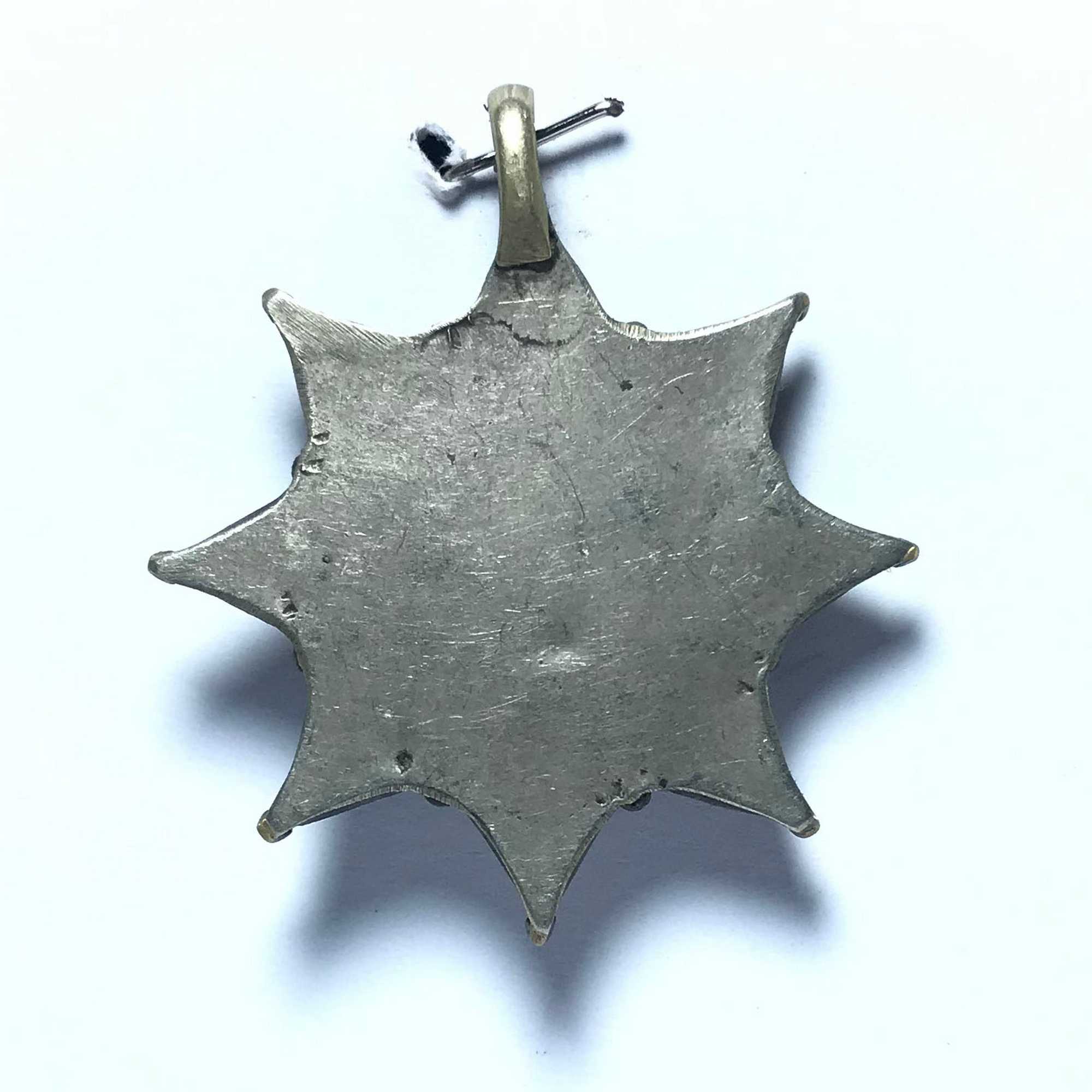 with Stone Setting" title="Metal Flower Pendant
with Stone Setting" title="Metal Flower Pendant 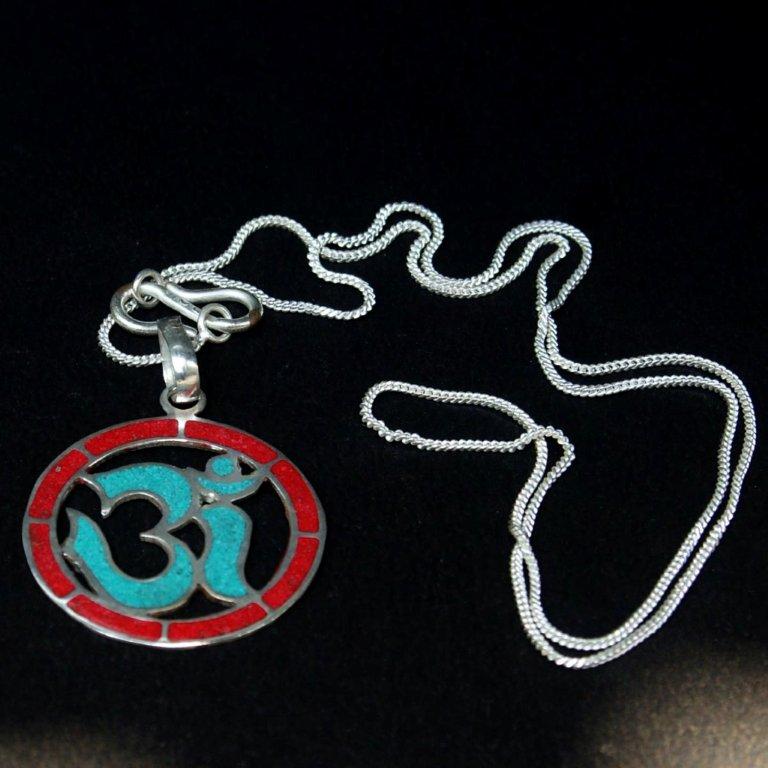 with Turquoise
with Turquoise 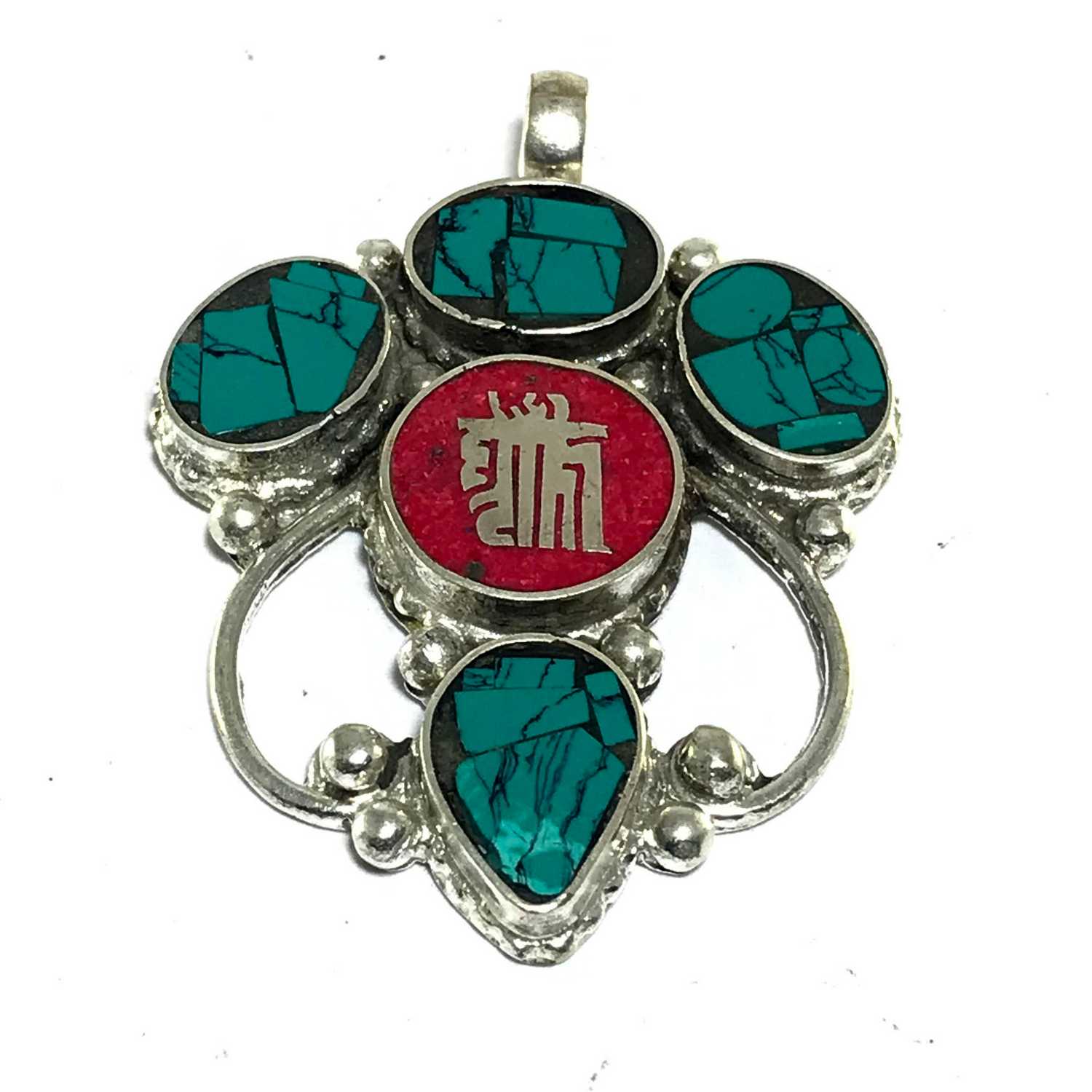 with Stone Setting" title="Tibetan Kalachakra Metal Pendant
with Stone Setting" title="Tibetan Kalachakra Metal Pendant 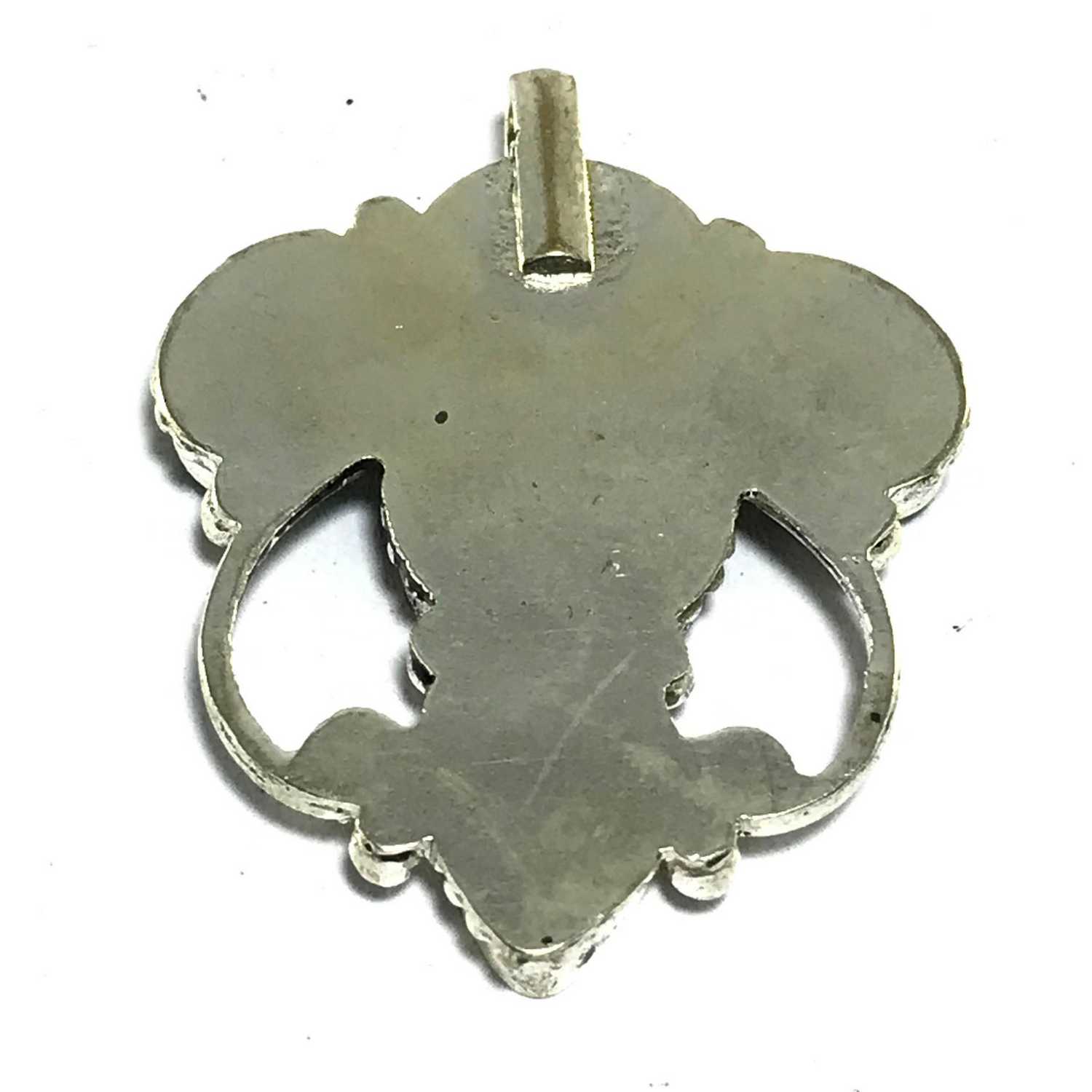 with Stone Setting" title="Tibetan Kalachakra Metal Pendant
with Stone Setting" title="Tibetan Kalachakra Metal Pendant 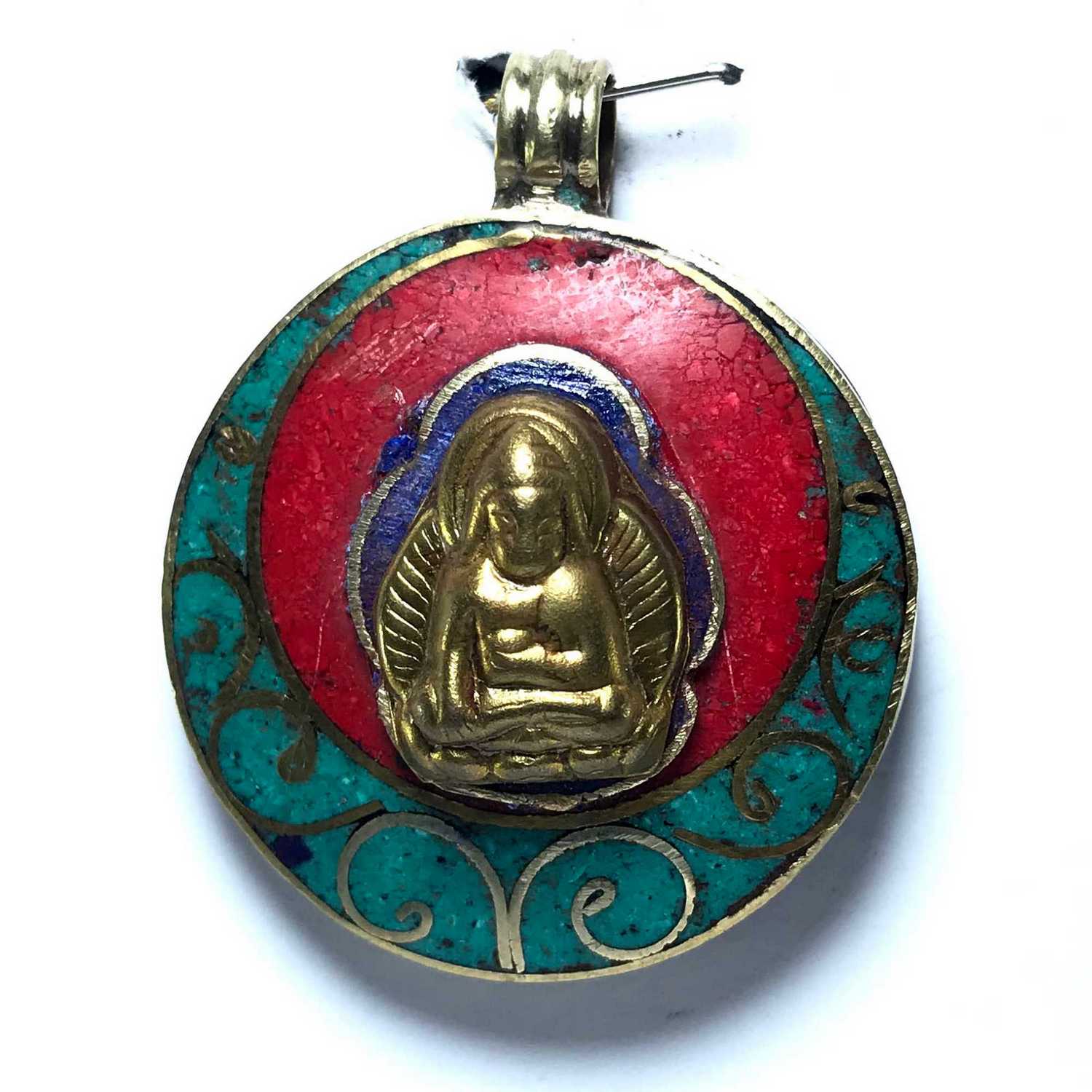

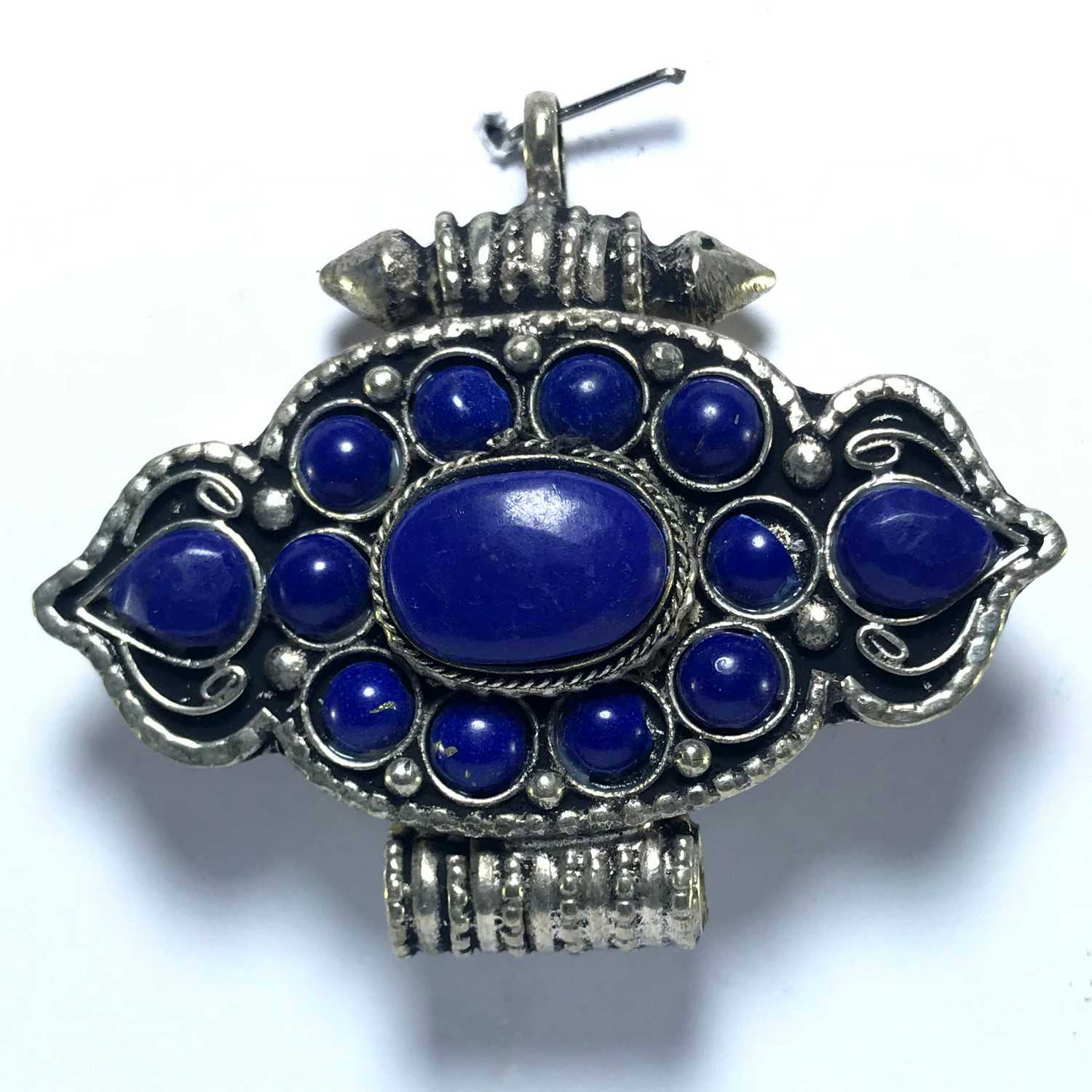 with
with 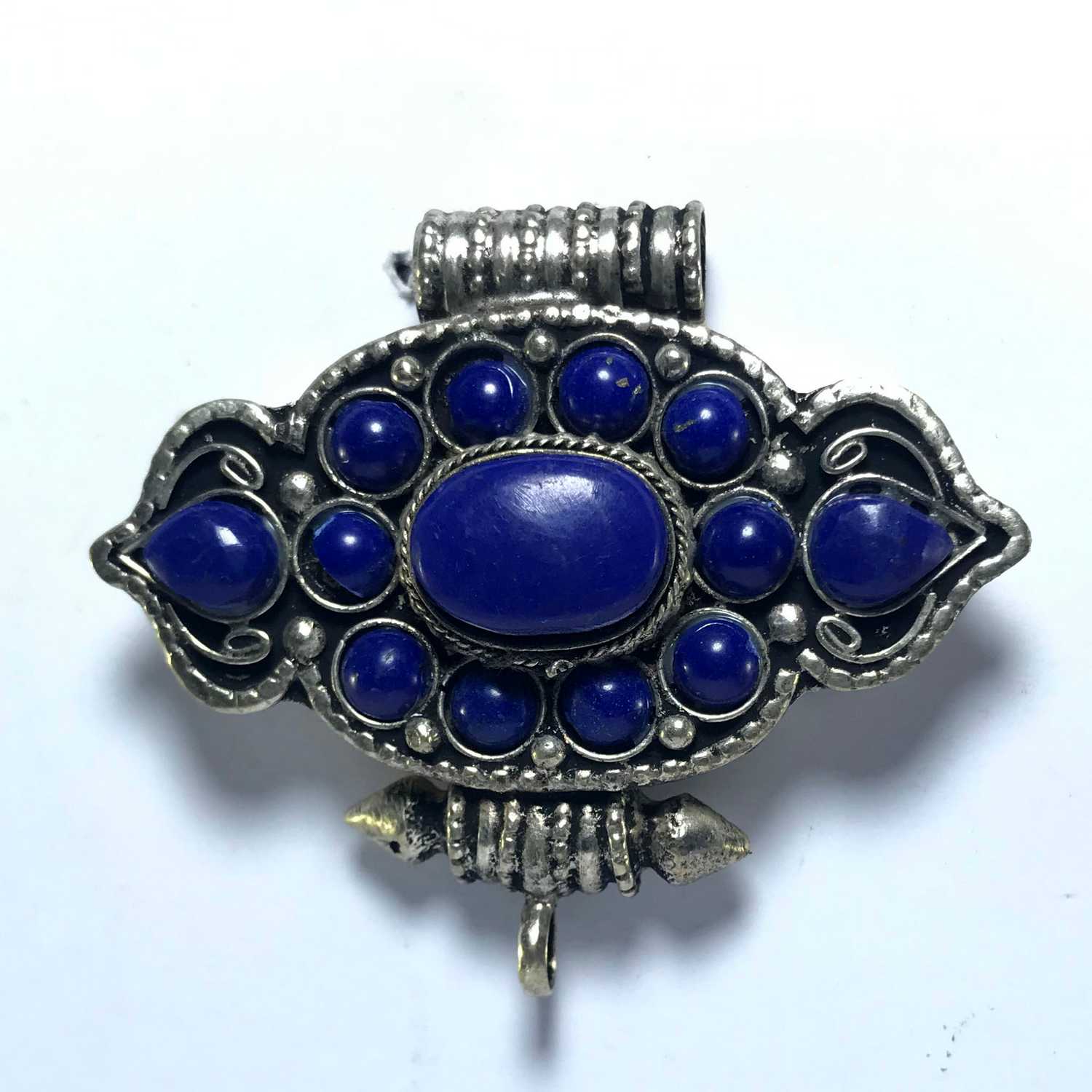 with
with 